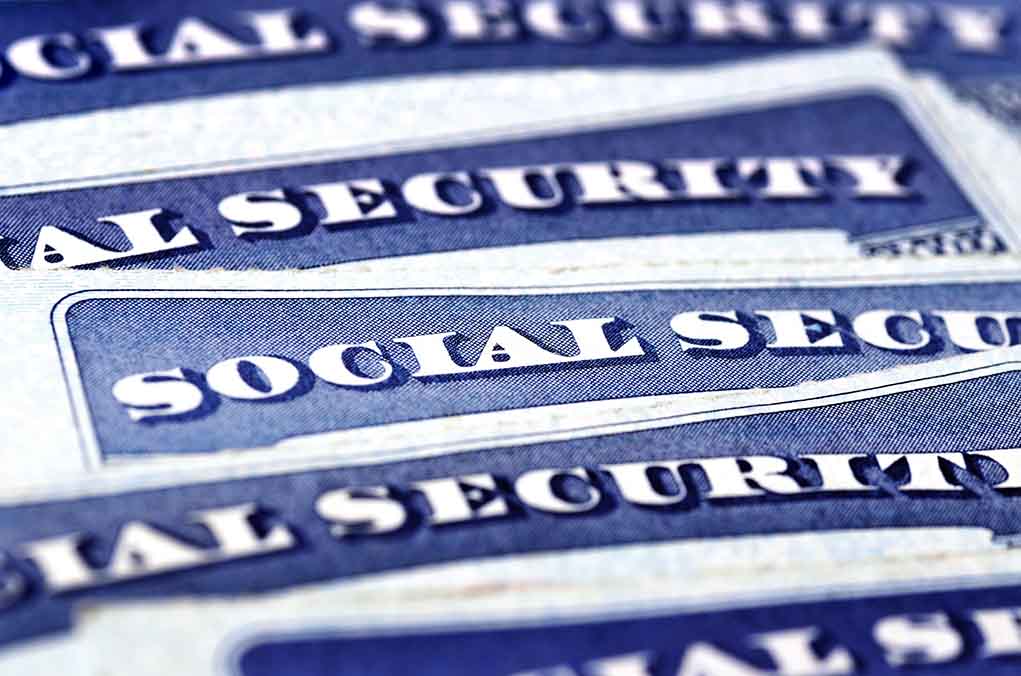
One decision—filing Chapter 7 bankruptcy—can wipe your debt clean but leave a decade-long shadow on your financial future.
Quick Take
- Chapter 7 bankruptcy offers immediate relief from overwhelming unsecured debts but at the cost of liquidating certain assets.
- Strict eligibility requirements and the means test bar high-income filers from accessing Chapter 7 protection.
- Filing imposes long-lasting credit consequences, making new loans and housing much harder to obtain.
- Some debts, including most student loans and child support, are not discharged—even after bankruptcy.
Debt Relief with a Razor’s Edge: The Promise and Price of Chapter 7
Chapter 7 bankruptcy isn’t an eraser for every financial mistake—it’s more like a reset button with a toll gate. The process can halt wage garnishments, collection calls, and foreclosures, granting a rare sense of relief for those drowning in unsecured debts like credit cards and medical bills. But this fresh start comes with a trade-off: nonexempt assets, from second cars to collectibles, may be seized and sold by a court-appointed trustee to pay back creditors. A house or car can sometimes be kept, but only if it fits within the narrow confines of federal or state exemptions. Those who expect to keep everything and lose nothing are in for a shock.
Eligibility stands as another formidable gatekeeper. The Bankruptcy Abuse Prevention and Consumer Protection Act of 2005 introduced a “means test” to weed out filers with incomes above the state median. Only those who truly cannot pay their debts qualify. Even then, mandatory credit counseling and financial education courses must be completed before debts are wiped clean. For many, the process is humbling—every financial detail comes under scrutiny, and any attempt to hide assets can result in the loss of discharge protection or even criminal charges.
What Happens After the Dust Settles: Life in Bankruptcy’s Aftermath
After the court grants a Chapter 7 discharge, the law forbids creditors from collecting discharged debts. But the story doesn’t end there. The bankruptcy will linger on your credit report for up to ten years, marking you as a risk for lenders, landlords, and even some employers. Securing a loan, renting an apartment, or qualifying for a decent credit card can become an uphill battle. The psychological toll is real—many filers report feeling excluded from mainstream financial opportunities for years after the process ends.
Not all debts vanish in the bankruptcy bonfire. Child support, alimony, certain taxes, and most student loans remain stubbornly immune to discharge. Although a 2022 policy eased the process for discharging federal student loans in cases of undue hardship, the bar remains high and the process far from routine. Anyone who files Chapter 7 hoping for a completely clean slate should prepare for the persistence of these financial obligations.
The Rules You Can’t Ignore: Legal Hurdles and Common Pitfalls
Chapter 7 bankruptcy is not a revolving door. Individuals who receive a discharge must wait eight years before filing again. Attempts to defraud the court—such as hiding assets or lying on bankruptcy forms—can result in criminal charges and lifelong financial consequences. Even honest mistakes, like failing to list all creditors or assets, can complicate or derail the process. Careful legal guidance is essential, as state exemption laws vary and can dramatically affect what property you keep and what you lose.
The court’s power is sweeping. Judges and trustees can void transfers of property made before filing, claw back gifts, and even force the sale of jointly-owned assets. Creditors may challenge the discharge of specific debts if they suspect fraud or misrepresentation. For those who run afoul of these rules, the consequences are severe and lasting, affecting not just financial standing but also personal relationships and reputation.
Sources:
Experian: What Is Chapter 7 Bankruptcy?
Upsolve: Should I File for Chapter 7 Bankruptcy?
U.S. Courts: Chapter 7 Bankruptcy Basics
Texas Law Help: What Is Chapter 7 Bankruptcy?
U.S. Courts: Process Bankruptcy Basics

















